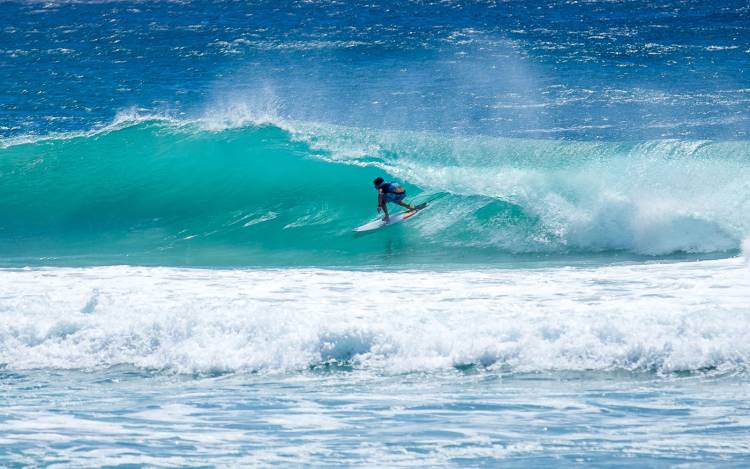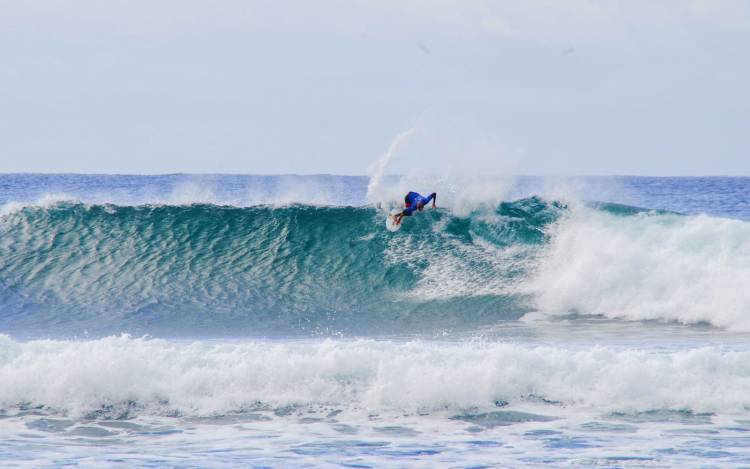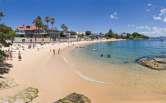Surfing in Australia
With over 20 000 miles of coastline, much of which gets consistent, world-class waves, Australia is a true heavyweight on the world surfing scene.

Boards were introduced in 1910 to an already keen core of bodysurfers and the growing popularity of wave riding was further solidified when Duke Kahanamoku gave demonstrations in Sydney in 1914. Surfing remained something of a niche activity, however, until a group of Americans brought the first Malibu boards to Sydney and Victoria in 1956. That same year saw the first surf shop open on Bondi Beach and by the 1960s the sport had gone mainstream. Between 1961 and 1963 Bob Evans premiered the first Australian-made surf film, launched the first Australian surf magazine 'Surfing World' and founded the Australian Surfriders Association.
In 1964 it was the Aussies who won the inaugural World Championships, held at Manly Beach in New South Wales. In 1966 Australian Nat Young won the World Championships in San Diego, and Australians have dominated the International Pro Tour ever since. It was the innovative designs of Queensland's Bob McTavish that launched the shortboard revolution in the 1970s and over the past forty years surfing has grown to be one of the very largest recreational sports in Australia.
Queensland, home to the infamous Gold Coast, is a crowded Mecca of classic sub-tropical right-hand points and assorted beach breaks, the most famous of which are Noosa, Burleigh Heads and Kirra. In the north of the state the Great Barrier Reef tends to block heavy swells.
New South Wales is home to Byron Bay and the crowded urban and suburban breaks of greater Sydney, whose foreshore is composed of 250 kilometres of sandy beaches, idyllic coves, thundering surf and awesome cliffs. Manly Beach, which hosted the very first World Surfing Championships in 1964, is situated on the north side of Sydney Harbour.

The main surfing area in Victoria is around the city of Torquay, site of the world's largest surfing museum. Breaks such as Bells Beach receive classic waves, while the area around Port Cambpell, in the south, is home to some of the most powerful and largest rideable surf outside of Hawaii.
There have been some fatal shark attacks on the Yorke Peninsula in South Australia, which is known for its cold, isolated and powerful big waves like Cactus. Wetsuits are always needed and the limited number of quality reef and beach breaks demand a fair amount of experience.
Western Australia is a huge state with 12500 kilometres of vast, desert coastline. Surfing is a major tourist attraction, but the sheer size of the state ensures that, with the exception of some spots around Perth, breaks are a lot less crowded than their eastern counterparts. In the south of the state the waves can be as powerful as Hawaii and consistently rise to four metres. The area around Margaret River is probably the best-known and home to a selection of challenging and powerful spots, while in the north of the state there are dozens of wild, frontier-style breaks set among unique rock formations, the most famous of which is probably Gnaraloo Bay, near Carnarvon.





